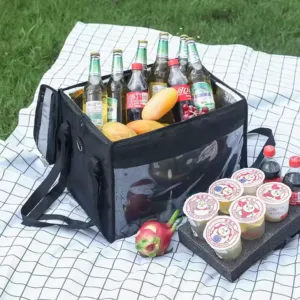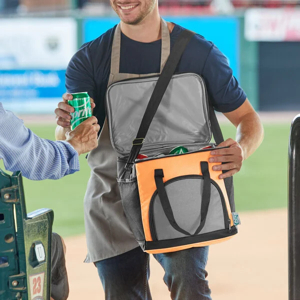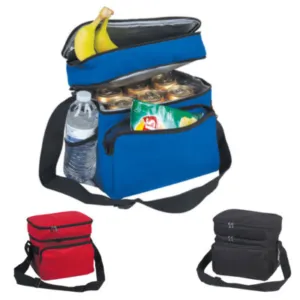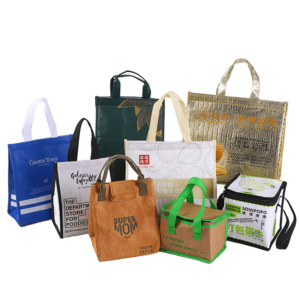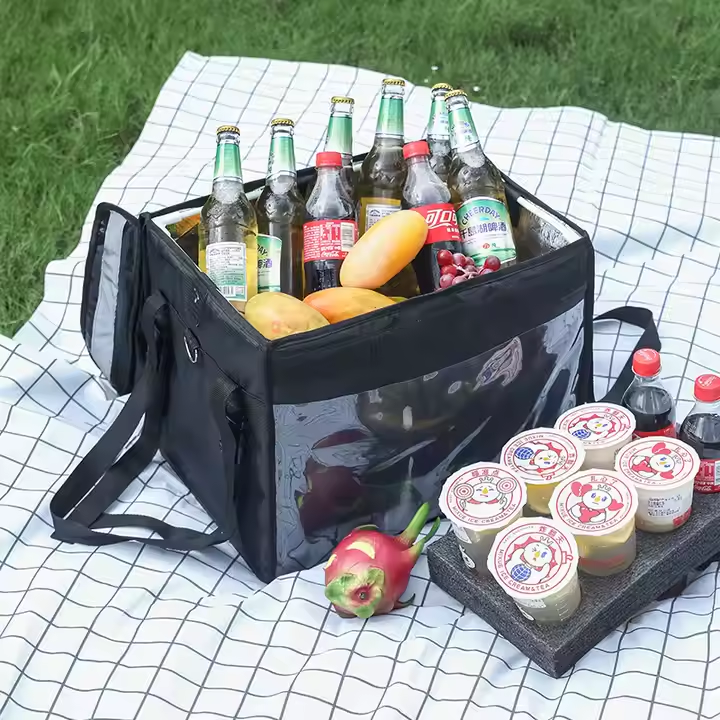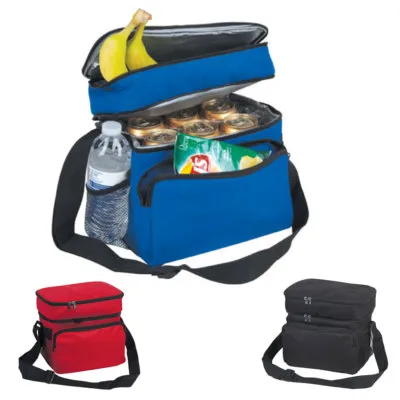Polyethylene (PE) and polypropylene (PP) are two of the most commonly used plastic materials in various industries. While they share some similarities, they also have distinct properties that make them suitable for different applications. In this article, we will explore the differences between polyethylene and polypropylene, as well as their respective uses in various fields.
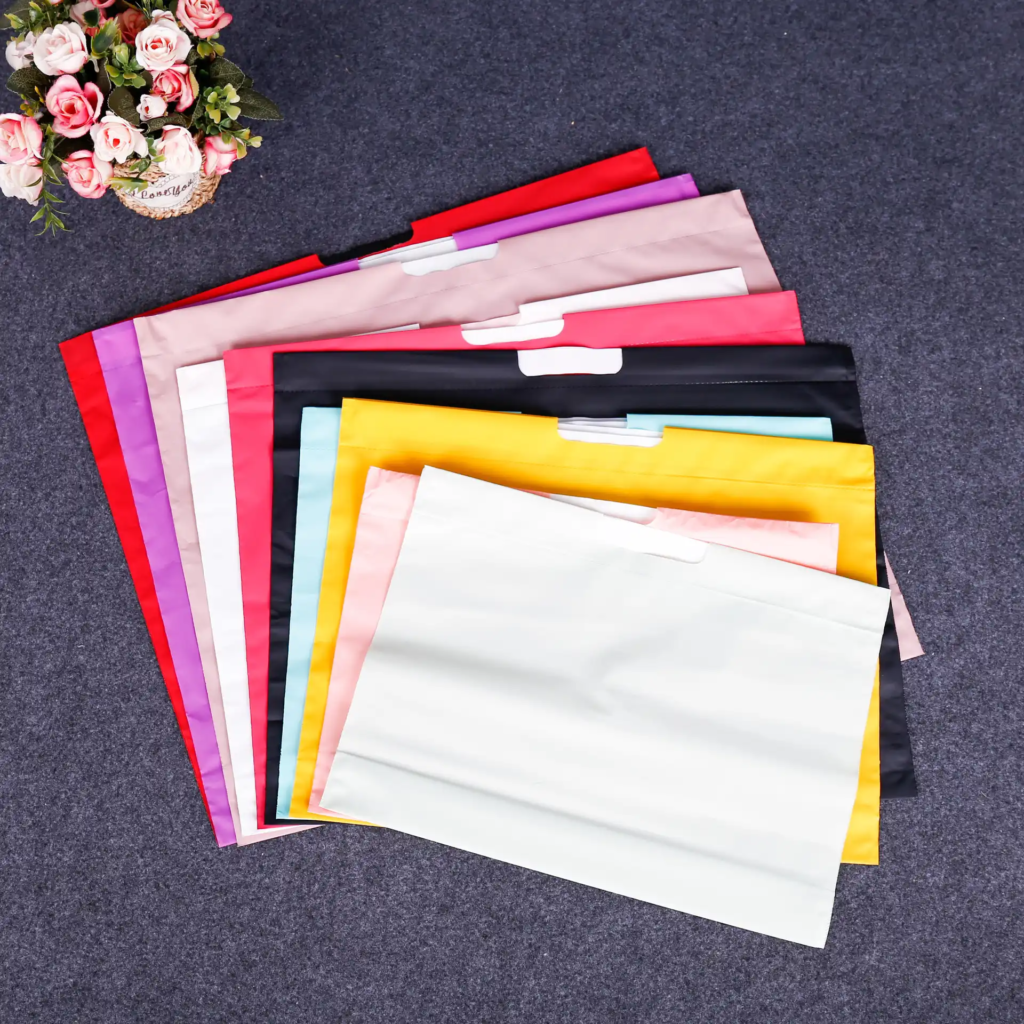
Chemical Structure and Properties
- Polyethylene (PE)
- Chemical Structure: PE is composed of long chains of ethylene monomers. It is a saturated polymer, which contributes to its chemical stability.
- Properties: PE is known for its excellent flexibility, impact resistance, and moisture barrier properties. It is also lightweight and can be produced in various densities (low-density polyethylene [LDPE] and high-density polyethylene [HDPE]).
- Polypropylene (PP)
- Chemical Structure: PP is made from polymerizing propylene monomers. It is an unsaturated polymer, which gives it different characteristics compared to PE.
- Properties: PP is stiffer and more heat-resistant than PE. It has a higher melting point, making it suitable for applications requiring higher thermal stability. PP is also resistant to chemicals and moisture.
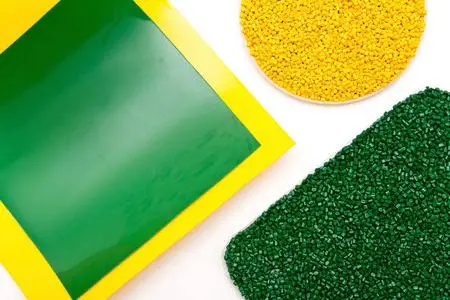
Key Differences
- Flexibility: PE is more flexible and elastic, while PP is stiffer and more rigid.
- Thermal Resistance: PP can withstand higher temperatures compared to PE, making it ideal for applications that require heat resistance.
- Chemical Resistance: Both materials are resistant to various chemicals, but PP generally offers better resistance to organic solvents and acids.
- Cost: PE is often more cost-effective to produce than PP, making it a preferred choice for mass-produced items.
Applications
- Polyethylene Applications
- Packaging: Widely used in plastic bags, film wraps, and containers due to its moisture resistance and flexibility.
- Containers: Used for bottles, jugs, and tanks, particularly in the food and beverage industry.
- Insulation: Employed in electrical insulation due to its dielectric properties.
- Polypropylene Applications
- Textiles: Commonly used in carpets, upholstery, and activewear due to its strength and moisture-wicking properties.
- Automotive Parts: Utilized in interior components, bumpers, and dashboards, benefiting from its lightweight and durable nature.
- Medical Supplies: Used in syringes, medical containers, and sterile packaging due to its chemical resistance and safety.
Conclusion
In summary, polyethylene and polypropylene are both essential materials in the plastics industry, each with unique properties and applications. While PE is ideal for flexible packaging and insulation, PP excels in textiles and automotive parts. Understanding the differences between these materials can help businesses choose the right type for their specific needs, ultimately enhancing product performance and efficiency.



